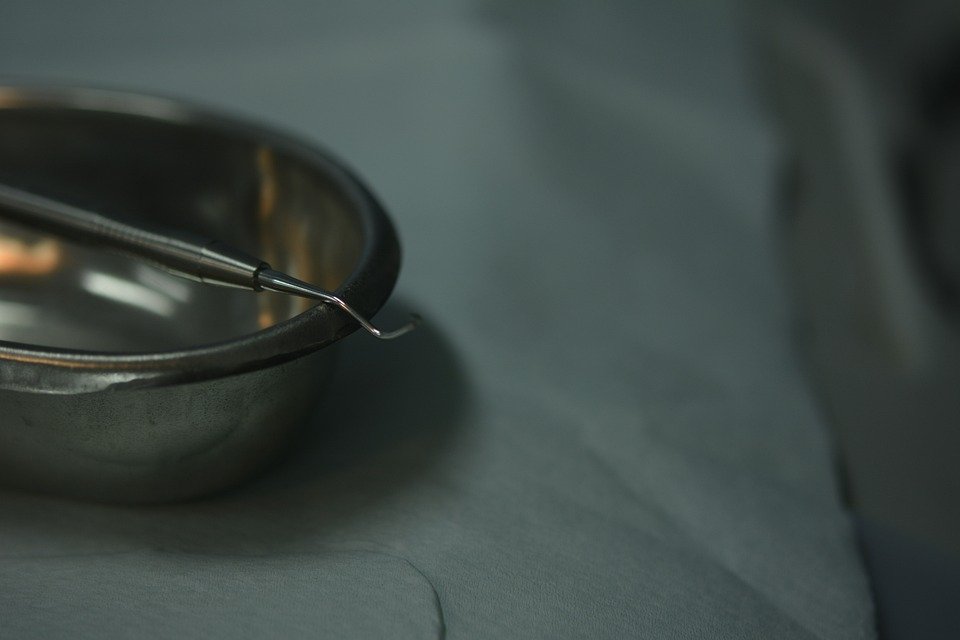What equipment is needed for dental photography?
Okay, so I’m a dentist wanting to take better photos of my patients’ teeth – both extraoral and intraoral. I’m hoping to use these for case documentation, presentations, and maybe even some marketing materials. I’ve been using my iPhone but the quality just isn’t cutting it.
What specific camera body, lenses (both macro and portrait), and lighting equipment (ring flashes, twin flashes, diffusers, etc.) do I need? Are there specific models you recommend for someone relatively new to photography but willing to invest in quality equipment? I’m also curious about accessories like mirrors, retractors, and contrasting backgrounds. And finally, what about software for editing and organizing the photos once I’ve taken them? I want to be able to easily track cases and compare before and after shots. I’m not a professional photographer, so ease of use is important, but I also want the ability to get good, professional looking results. What’s the best way to get started without breaking the bank? Are there any essential pieces I should prioritize buying first?
Answer
Dental photography requires specific equipment to capture high-quality images for diagnosis, treatment planning, communication, and documentation. The necessary equipment can be categorized into camera systems, lenses, lighting, and accessories.
1. Camera System:
- Digital Single-Lens Reflex (DSLR) or Mirrorless Camera: A DSLR or mirrorless camera with manual controls is essential for dental photography. These cameras offer interchangeable lenses, larger sensors for better image quality, and the ability to adjust settings like aperture, shutter speed, and ISO for optimal exposure and depth of field.
- Sensor Size: A full-frame sensor (36mm x 24mm) is generally preferred for its superior image quality, dynamic range, and low-light performance. However, APS-C sensors (approximately 22mm x 15mm) can be a more affordable and compact option.
- Megapixel Count: A minimum of 18 megapixels is recommended for capturing sufficient detail. Higher megapixel counts allow for greater cropping and enlargement without significant loss of quality.
- Live View Function: The live view function, available on most modern DSLRs and mirrorless cameras, enables viewing the image on the camera’s LCD screen, facilitating precise focusing and composition.
- Remote Trigger/Shutter Release: A remote trigger or shutter release cable or wireless remote minimizes camera shake during image capture, which is crucial for sharp images, especially at close focusing distances.
2. Lenses:
- Macro Lens: A macro lens with a high magnification ratio (1:1 or greater) is indispensable for capturing detailed intraoral and extraoral images. Macro lenses are designed for close-up photography, providing exceptional sharpness and minimal distortion. A focal length of 100mm to 105mm is generally preferred as it provides a comfortable working distance from the patient’s face. Shorter focal lengths like 60mm or 85mm can also be used, but require getting closer to the patient.
- Zoom Lens (Optional): A zoom lens covering a range of focal lengths (e.g., 24-70mm or 24-105mm) can be useful for capturing portraits, facial views, and operatory overviews. This can offer versatility without switching lenses constantly.
3. Lighting:
- Twin Flash/Ring Flash: A dedicated twin flash or ring flash is the primary lighting source for dental photography. These flashes provide even, shadowless illumination, essential for accurately capturing tooth shades and surface details.
- Twin Flash: Twin flashes consist of two separate flash heads that can be positioned independently, allowing for customized lighting angles and the creation of subtle shadows that enhance depth and texture.
- Ring Flash: A ring flash encircles the lens, providing uniform, shadowless illumination. It is particularly useful for intraoral photography where minimal shadows are desired.
- Flash Diffusers: Diffusers soften the light from the flash, reducing harsh shadows and highlights. They are typically made of translucent material and attach to the flash head.
- External Flash (Optional): An external flash unit with adjustable power settings can be used for extraoral portraits and large group shots. It can be used as a main light, a fill light, or a hair light to give dimension to portraits.
- Polarizing Filters (Optional): Polarizing filters, attached to the lens and sometimes incorporated into the flash, reduce glare and reflections from teeth and soft tissues, improving color saturation and detail.
4. Accessories:
- Cheek Retractors: Cheek retractors are used to retract the cheeks and lips, providing a clear view of the teeth and surrounding tissues. They are available in various sizes and materials (plastic or metal).
- Contrastors (Black Backgrounds): Contrastors, also known as black backgrounds, are used to isolate the teeth and create a uniform black background, improving the visibility of details and reducing distractions in the image. They come in various shapes and sizes to suit different areas of the mouth.
- Mirrors: Dental mirrors are used to capture images of the posterior teeth and other areas that are difficult to access directly. Rhodium-coated mirrors are preferred for their superior reflectivity and scratch resistance.
- Image Editing Software: Software such as Adobe Photoshop, Lightroom, or other image editing programs is used to adjust brightness, contrast, color balance, and sharpness, as well as to crop and retouch images.
- Color Checker/Gray Card: A color checker or gray card is used to calibrate the camera’s color settings and ensure accurate color reproduction.
- Storage Media: High-capacity memory cards (SD cards or CF cards) are needed to store the captured images.
- Backup System: A reliable backup system, such as an external hard drive or cloud storage, is essential for protecting the valuable images.
- Cleaning Supplies: Lens cleaning cloths, brushes, and solutions are needed to keep the camera and lens clean and free from dust and smudges.
- Camera Bag: A camera bag protects the equipment during storage and transportation.
The combination of these components allows a dentist to capture clear, detailed, and accurate images that are essential for modern dental practice.

Post Comment